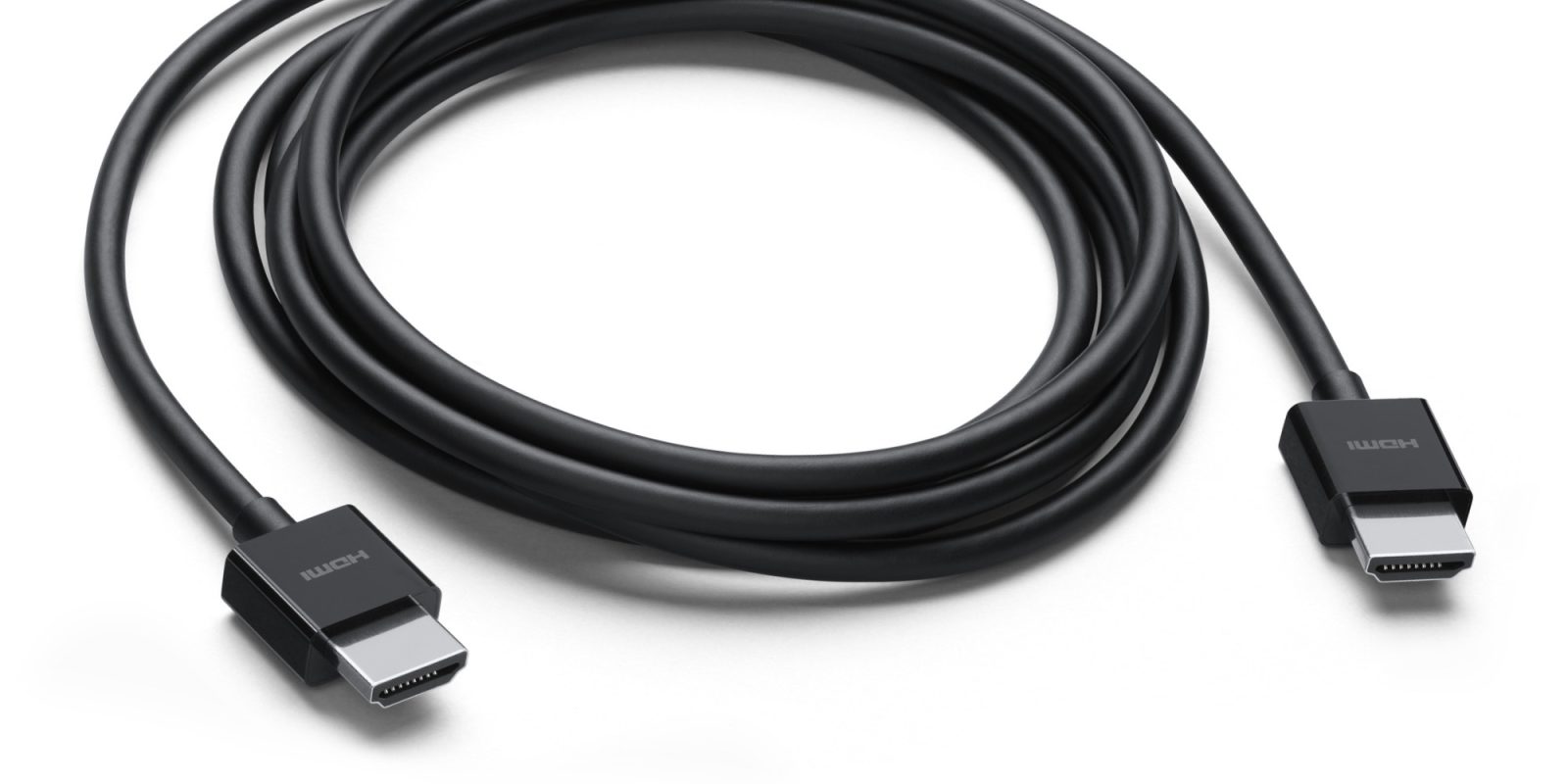
The HDMI Forum, which manages the specifications for the HDMI connection, announced on Monday version 2.2 of the protocol. HDMI 2.2, as it’s called, increases bandwidth and aims to considerably reduce audio latency. Read on as we detail what exactly changes with the new HDMI 2.2 protocol.
Here’s what’s new with HDMI 2.2
“The HDMI Forum’s continuing mission is to develop specifications to meet the HDMI eco-system’s growing demand for high-performance capabilities and features,” said Chandlee Harrell, president of the HDMI Forum. “This new specification supports the fast-evolving landscape for amazing new technologies and products entering the markets now and in the future.”
HDMI 2.2 comes almost eight years after the announcement of HDMI 2.1, which enabled support for 4K120 and 8K60 resolutions.
The new version of the protocol increases the bandwidth to 96Gbps, which is ideal for AR/VR devices that demand a lot of data. According to the HDMI Forum, the faster bandwidth also enables “various commercial applications such as large scale digital signage, medical imaging and machine vision.”
But even if you don’t have an AR/VR device, there’s another aspect of HDMI 2.2 that will benefit a lot of users. That’s because it includes a new Latency Indication Protocol (LIP) to improve audio and video synchronization, which should considerably reduce audio latency – especially when using an audio video receiver or soundbar. HDMI 2.2 also enables support for higher resolutions and refresh rates.
Of course, it will be a while before the first HDMI 2.2 devices hit the market. That’s because the new protocol is yet to be rolled out for adoption, which should happen in the first half of 2025. Even so, given that HDMI 2.1 already supports resolutions such as 4K at 120Hz, most users probably won’t be in a hurry to upgrade.
Read also
FTC: We use income earning auto affiliate links. More.





